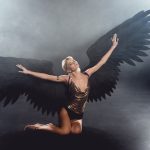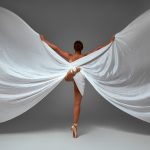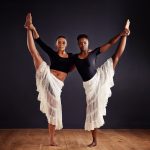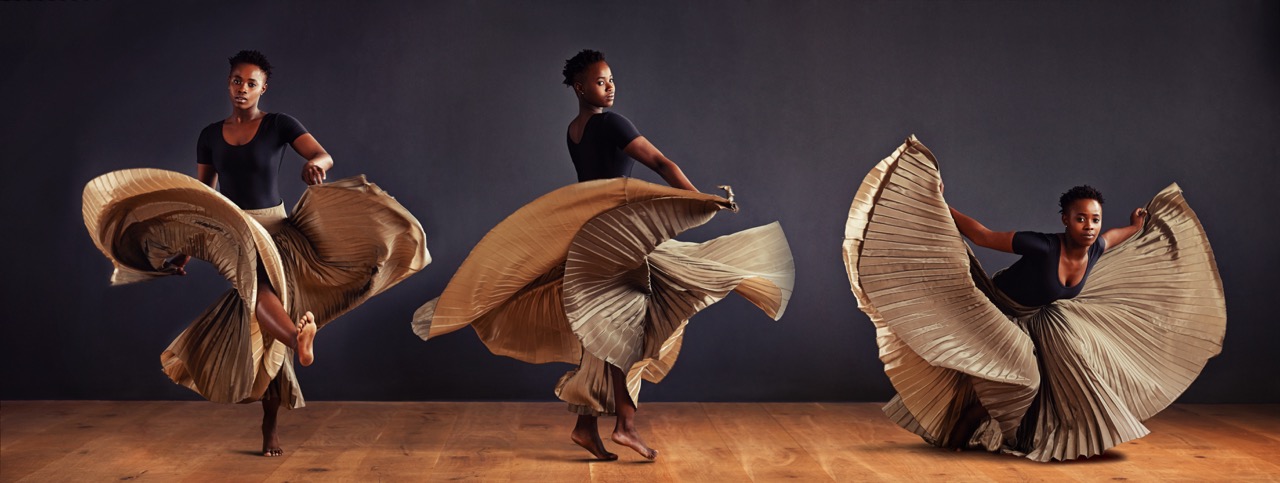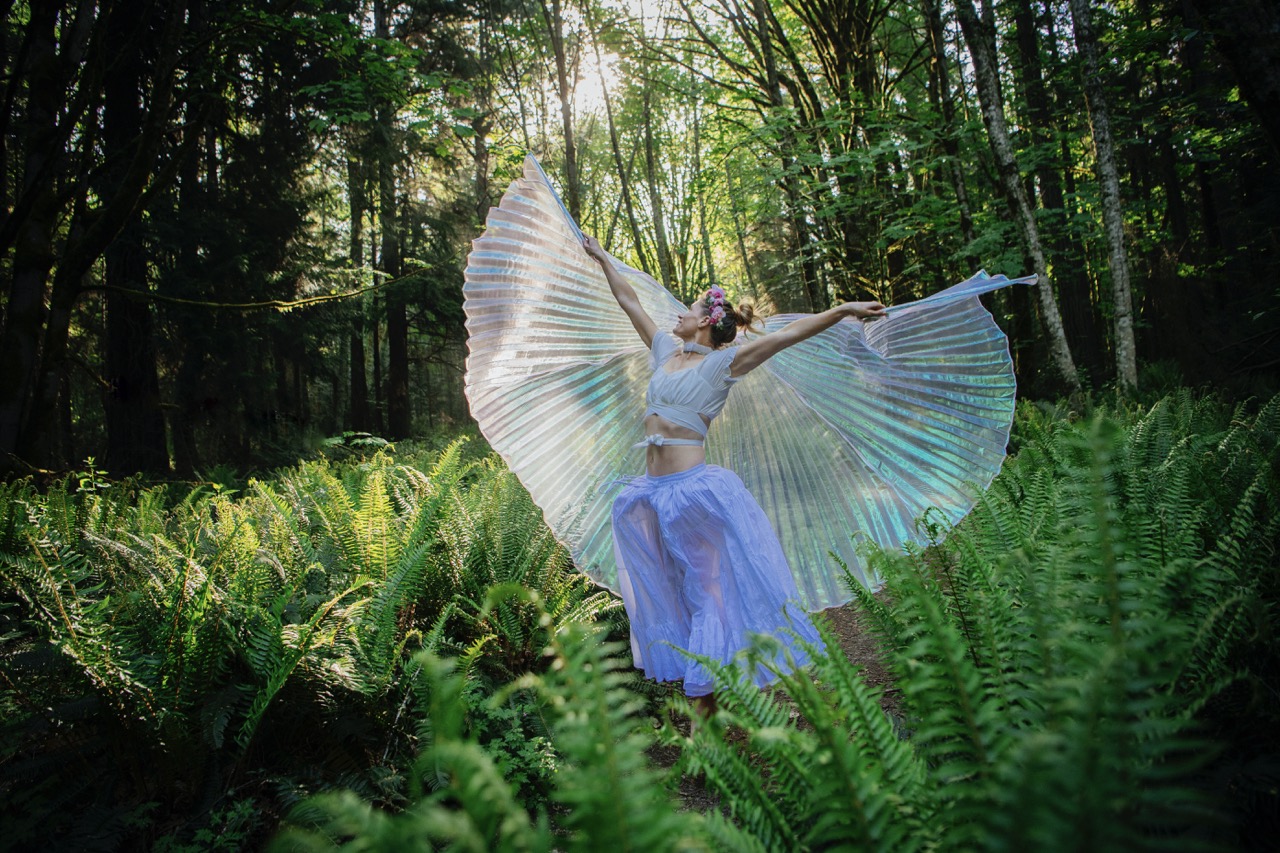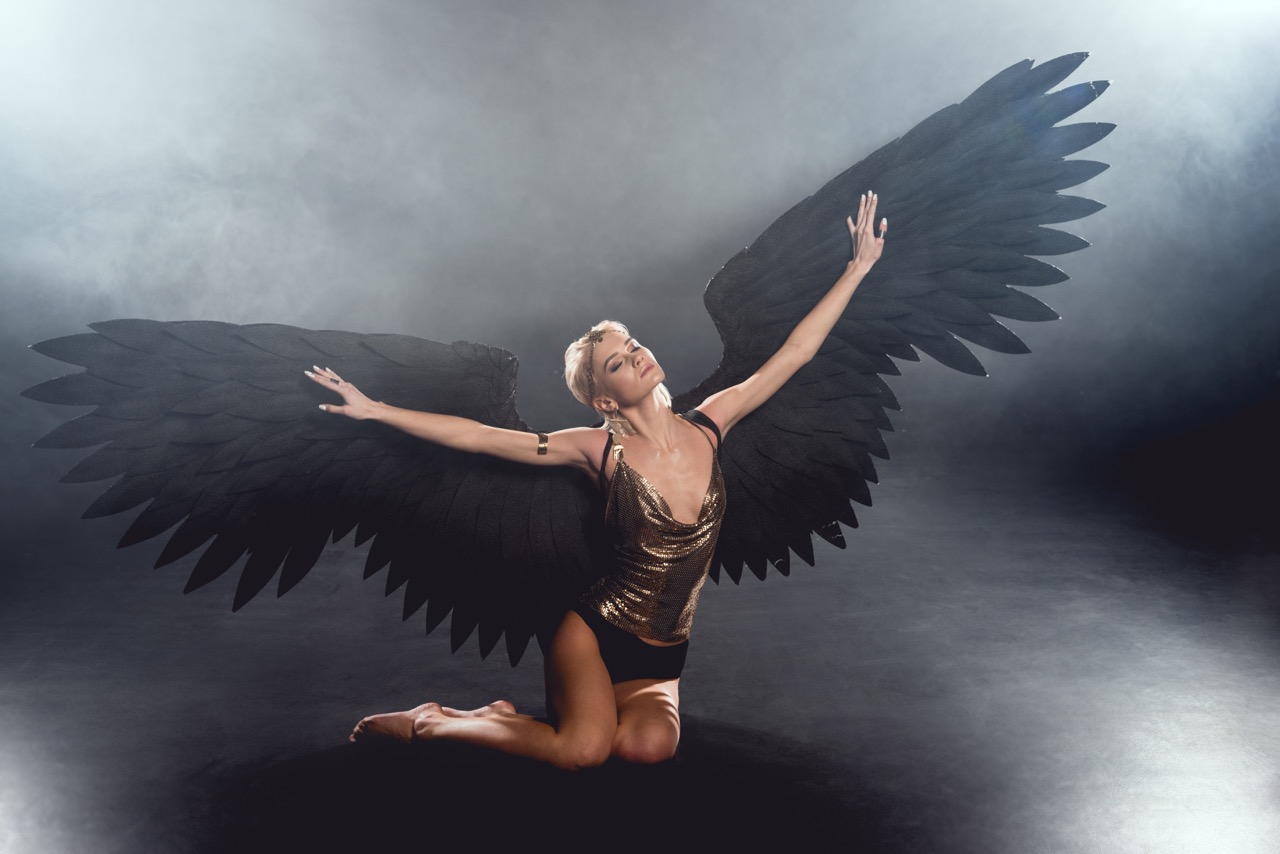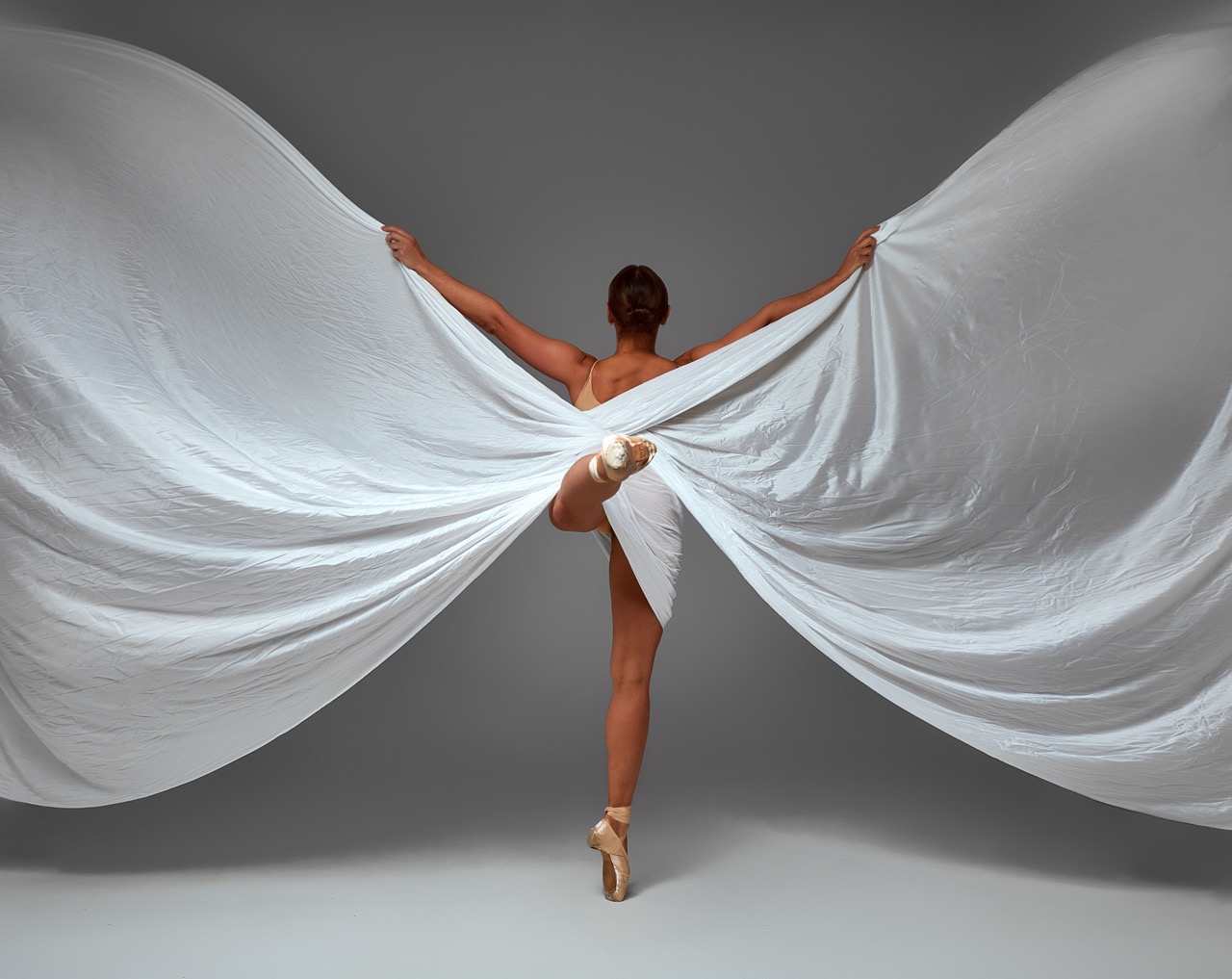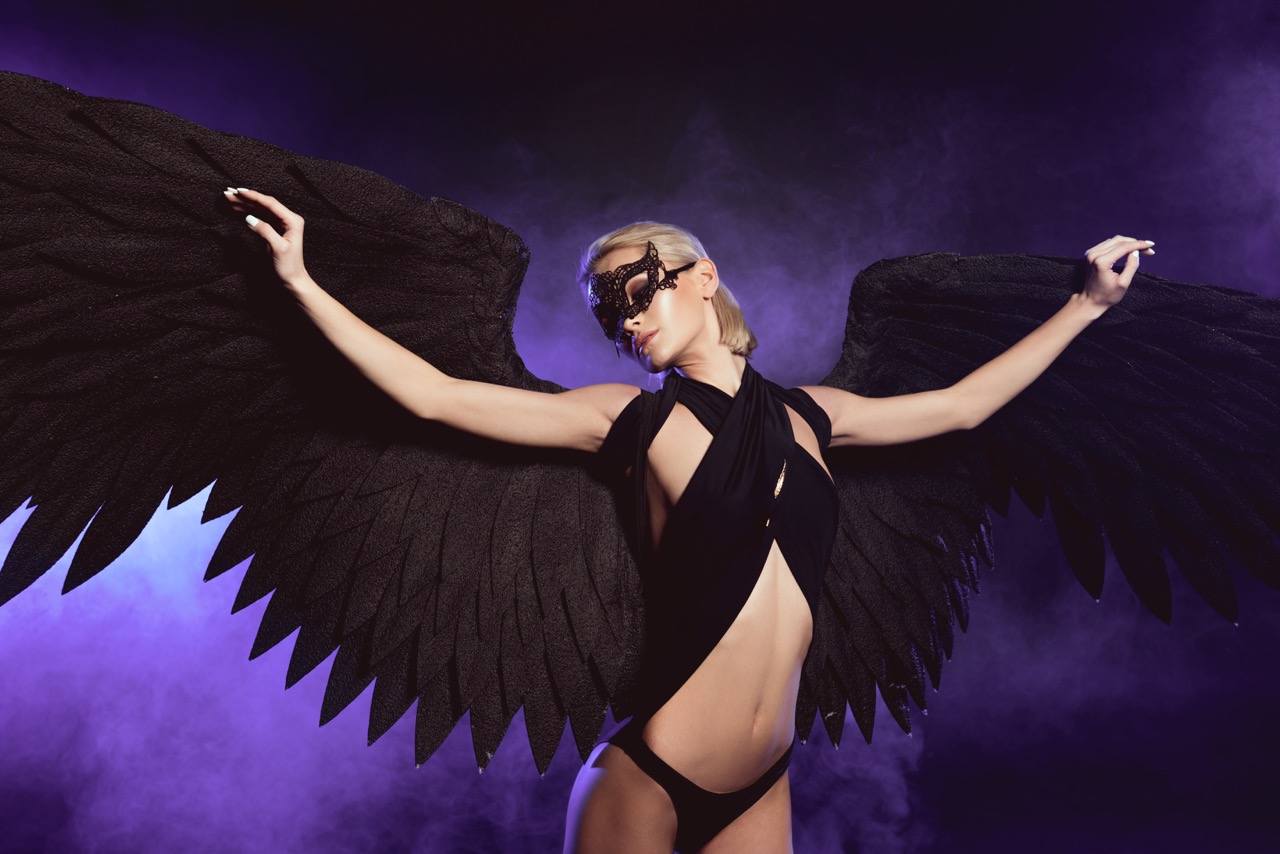Dancing is an art form that celebrates the human body’s ability to convey emotion and story through movement. When combined with intricate winged costumes, dance takes on an ethereal quality that captivates audiences. However, these elaborate designs come with a unique set of challenges that dancers must navigate. From the physical demands of wearing such costumes to the artistic implications of movement restriction, the journey of dancing in winged attire is as complex as it is beautiful. This article explores the various challenges dancers face when donning these stunning creations.
The Art of Movement: Embracing Winged Costumes in Dance
Winged costumes are not merely garments; they are an extension of a dancer’s expression and creativity. The art of movement in dance is deeply intertwined with the visual impact of the performance. Wings can amplify grace, creating a sense of flight and freedom that enhances the narrative being portrayed. Dancers often harness their own body mechanics to adapt movements that align with the additional dimensions offered by their wings. This requires a deep understanding of one’s body and an innate ability to visualize movement in three-dimensional space.
However, the process of adapting to the dynamics of winged costumes can be quite challenging. Dancers must practice extensively to find the fluidity between their movements and the weight and span of the wings. Every step, turn, and leap can feel different when additional fabric and structure are involved. This necessitates a level of creativity and improvisation, where dancers may need to invent new techniques that harmonize with their elaborate attire. As they learn to embrace the limitations and possibilities of their costumes, dancers find a unique harmony between the traditional forms of dance and the innovative expressions that wings inspire.
The aesthetic allure of winged costumes can also elevate the emotional resonance of a performance. The visual spectacle of a dancer soaring through the air—wings unfurling dramatically—can evoke deep feelings in an audience. This visual storytelling can transform a simple dance into a powerful narrative. Yet, the challenge remains: how does one balance the technical aspects of movement with the artistic intent? Successful dancers learn to intertwine these elements, making their performance not just about the dance itself, but about the entire experience that wings can create.
Gravity and Grace: Navigating Weighty Winged Designs
One of the most significant challenges of dancing in winged costumes is the physical weight they often carry. Depending on the materials used—be it feathers, fabric, or metallic elements—a dancer can find themselves bearing a considerable load. This added weight can alter their center of gravity, thus affecting balance and momentum during performances. Dancers must cultivate strength and endurance to manage the demands of their costumes while still delivering powerful performances that captivate their viewers.
To counteract these challenges, dancers often engage in rigorous training regimens that incorporate strength-building exercises specifically tailored for the muscles involved in winged movements. This preparation is essential for maintaining grace under pressure. Incorporating core stability and flexibility training can be particularly helpful, as these elements contribute to a dancer’s ability to maintain poise while accommodating the added weight of their wings. Moreover, understanding body alignment and weight distribution allows dancers to achieve fluidity in what could otherwise be cumbersome movements.
Ultimately, the interplay between gravity and grace becomes a cornerstone of mastery when dancing in winged costumes. Dancers learn to work with the weight of their wings, rather than against it. This translates into performances that resonate with viewers not just visually, but emotionally. When a dancer conquers the challenge of heavy wings, the result is an awe-inspiring blend of strength, elegance, and artistry—one that leaves a lasting impression on audiences.
Costume Coordination: Balancing Beauty and Functionality
Designing winged costumes is an intricate process that requires a delicate balance between beauty and functionality. Costumes must not only embody the artistic vision of the performance but also allow the dancer the freedom needed to execute skilled movements. Costume designers understand that aesthetics are important, but they also must consider the practical aspects of how these costumes will perform under the rigors of dance. This dual focus ensures that the final creation enhances rather than hinders the performance.
Furthermore, costume fit is critical to achieving optimal movement. Dancers must work closely with designers to ensure that wings do not obstruct their vision or limit their range of motion. Adjustments are often necessary to create costumes that feel like a second skin—supportive yet liberating. This collaboration between dancers and designers is crucial; it fosters an environment in which both art and function can coexist harmoniously, allowing for performances that are visually spectacular while still rooted in the precision of dance technique.
The intricate details of winged costumes can also serve as a metaphor for the broader journey of a dancer. Each embellishment, feather, and fabric choice tells a story, weaving together the narrative of the performance. This narrative becomes even more poignant when dancers successfully navigate the challenges of their costumes and deliver a seamless performance. The beauty of their costumes is elevated by the dancer’s ability to move gracefully within them, proving that true artistry lies in the balance of form and function.
The Performance Paradox: Expressing Freedom in Restriction
One of the most fascinating aspects of dancing in winged costumes is the paradox it presents: how can one express freedom when confined by fabric and structure? Dancers often grapple with this dichotomy, as the wings that are meant to symbolize flight can also impose limitations on their movements. This challenge invites dancers to explore new interpretations of freedom, redefining it in relation to their unique costumes.
The act of dancing itself becomes a metaphor for breaking free from constraints. As dancers learn to adapt their movements to accommodate wings, they discover innovative ways to embody the essence of flight. This exploration of freedom within restriction not only deepens their artistry but also enhances their connection to the audience. Witnessing a dancer navigate these limitations with creativity can evoke powerful emotions, allowing viewers to experience the tension between struggle and liberation.
Moreover, the challenges posed by winged costumes often lead to deep personal growth for dancers. They learn to embrace imperfection and the unpredictability of performance, ultimately transforming restrictions into opportunities for exploration and artistry. This journey fosters resilience, pushing them to become more adaptable and resourceful. In doing so, dancers transcend the limitations of their costumes, crafting performances that resonate with authenticity and emotional depth—demonstrating that true expression knows no bounds.
Dancing in elaborate winged costumes is a multifaceted endeavor that challenges and inspires performers in equal measure. From mastering the art of movement to reconciling the beauty and functionality of their attire, dancers navigate a myriad of complexities inherent to this unique form of expression. The juxtaposition of gravity and grace reveals not only the physical demands of these costumes but also the emotional journey that accompanies them. Ultimately, the art of dancing in winged costumes is a testament to the resilience and creativity of dancers who transform restrictions into opportunities for profound expression, leaving audiences captivated and inspired.

